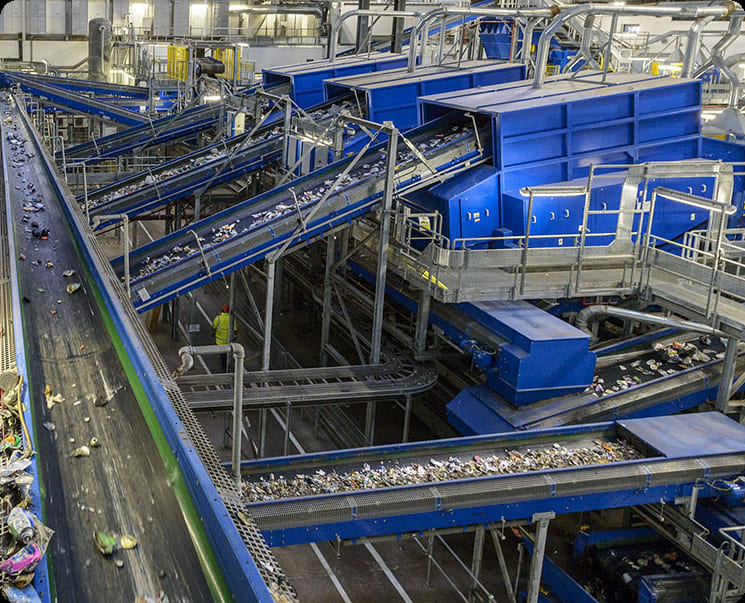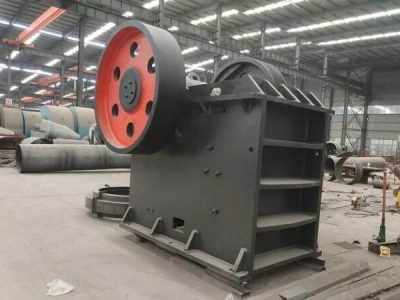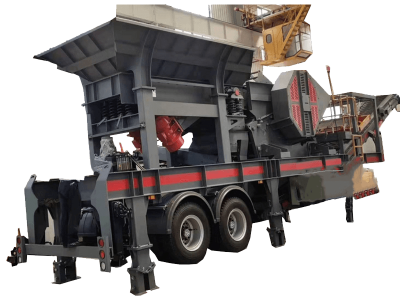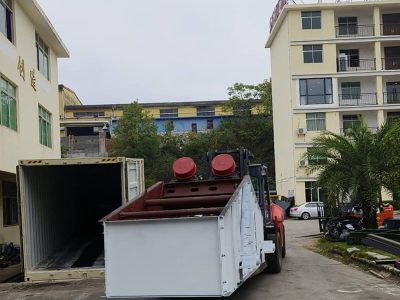With the acceleration of urbanization, the construction industry has flourished, and a large amount of construction waste has also been generated. If these construction wastes are not properly handled, they will not only occupy land resources but also have serious impacts on the environment and human health. Therefore, the resource treatment and recycling of construction waste has become an urgent problem to be solved. This article aims to explore the selection and optimization strategies of construction waste treatment and equipment, to provide reference for the practice in related fields.
Construction Waste
Construction waste can usually be divided into four categories: solid waste, decoration waste, demolition waste, and construction residues.
- Solid waste:It’s mainly from land excavation and backfilling processes, including engineering soil and mud. Such as all kinds of buildings, structures, pipe networks, and other foundation excavation processes generated in the abandoned soil, drilled pile construction, diaphragm wall construction, mud shield construction, horizontal directional drilling, mud pipe jacking, and other construction mud.
- Decoration waste: Generated in the process of indoor and outdoor decoration, such as concrete, mortar, masonry, ceramics, stone, and so on;
- Demolition waste: Mainly the waste generated during the process of building demolition, including metal, wood, plastic, etc;
- Construction residues: Discarded materials generated during the construction of various types of buildings, structures, etc., such as concrete blocks, asphalt mixes, mortar, etc.

Construction Waste Treatment
If construction waste is not properly handled, it may cause serious environmental pollution. Random stacking of construction waste may lead to soil and water pollution, and even affect the ecological environment. Through correct sorting and treatment, harmful substances can be handled separately to reduce the negative impact on the environment. In addition, the recycling of construction waste helps to reduce land pollution, air pollution, and the “garbage siege” phenomenon and protects precious arable land area and river safety. Construction waste contains a large amount of recyclable materials, such as concrete, bricks and tiles, metals, etc. Through resource utilization, these materials can be made into recycled products to replace natural resources and reduce the demand for natural resource exploitation. This not only helps to save energy and reduce emissions but also reduces carbon emissions generated by the mining of raw materials. By recycling construction waste, companies can save raw material procurement costs and waste disposal costs, and improve economic benefits.
Construction Waste Treatment Process
The process of construction waste disposal mainly includes the following steps:
- Classification and collection: at the construction site or building demolition site, construction waste is first preliminarily classified, such as masonry, concrete, wood, metal, and plastic, to separate recyclable materials at the source.
- Transportation: The classified construction waste is transported to the treatment facility or temporary stockpiling site by special transportation vehicles. Closed transportation is required during transportation to reduce spills and dust.
- Pre-processing: Upon arrival at the treatment facility, the construction waste is crushed into large pieces by a crusher, and then further classified according to particle size using a screening machine to facilitate subsequent processing.
- Resource Recovery: Through technical means such as wind selection, washing, and optical sorting, metals, plastics, and other recyclable materials are separated to maximize the reuse of resources.
- Processing and Utilization: Recycled materials can be processed into new products or re-invested into production as raw materials, for example, waste concrete and masonry can be made into recycled aggregates for road paving or new building materials.
- End treatment: For the parts that cannot be reused, sanitary landfills and other means of disposal are adopted, and environmental protection measures such as anti-leakage and gas collection are taken to avoid secondary pollution.
Construction Waste Treatment Equipment
- Fixed crusher
The fixed crusher is a commonly used type of construction waste treatment equipment. It has the characteristics of simple structure, large processing capacity, and high crushing efficiency. A fixed crusher is suitable for large-scale construction waste treatment enterprises, with the advantages of large production capacity, good stability, and convenient maintenance.
- Mobile crushing station
The mobile crushing station is a new type of construction waste treatment equipment. It integrates crushing, screening, conveying, and other processes on a vehicle, with high flexibility and mobility. The mobile crushing station is suitable for medium and small construction waste treatment enterprises, with the advantages of compact equipment, easy movement, and quick installation.
- Screening equipment
Screening equipment is used to separate useful substances from useless substances in construction waste. Useful substances can be recycled and useless substances can be processed. Screening equipment includes vibrating screens, drum screens, and other types, which can be selected according to screening requirements.



Optimization Strategy of Construction Waste Treatment Equipment
- Technology upgrading and transformation
The processing efficiency of the equipment can be significantly improved through technological upgrading and transformation. For example, the use of new materials and processes can improve the durability of the equipment; the introduction of intelligent control systems can realize automated operation and reduce manual intervention. - System integration and automation
System integration of multiple processing equipment to form a complete construction waste processing line can improve processing efficiency and resource utilization. For example, the integration of a crusher, screening machine, and washing equipment can realize the whole process management from raw material treatment to final product. In addition, the introduction of an automated control system can realize real-time monitoring and optimized operation, and improve the stability and reliability of the system. - Application of energy saving and consumption reduction technology
The application of energy-saving and consumption-reduction technology is of great significance in reducing operating costs and environmental impact. For example, the use of frequency conversion drive technology can adjust the operating speed of the equipment according to the actual load, thus reducing energy consumption; improving the cooling system can improve the working efficiency of the equipment and reduce energy consumption.
The selection and optimization strategy of construction waste treatment equipment is a complex issue involving many factors. Scientific and reasonable equipment selection and optimization strategies are of great significance to improving the efficiency of construction waste treatment and realizing resource recycling.
